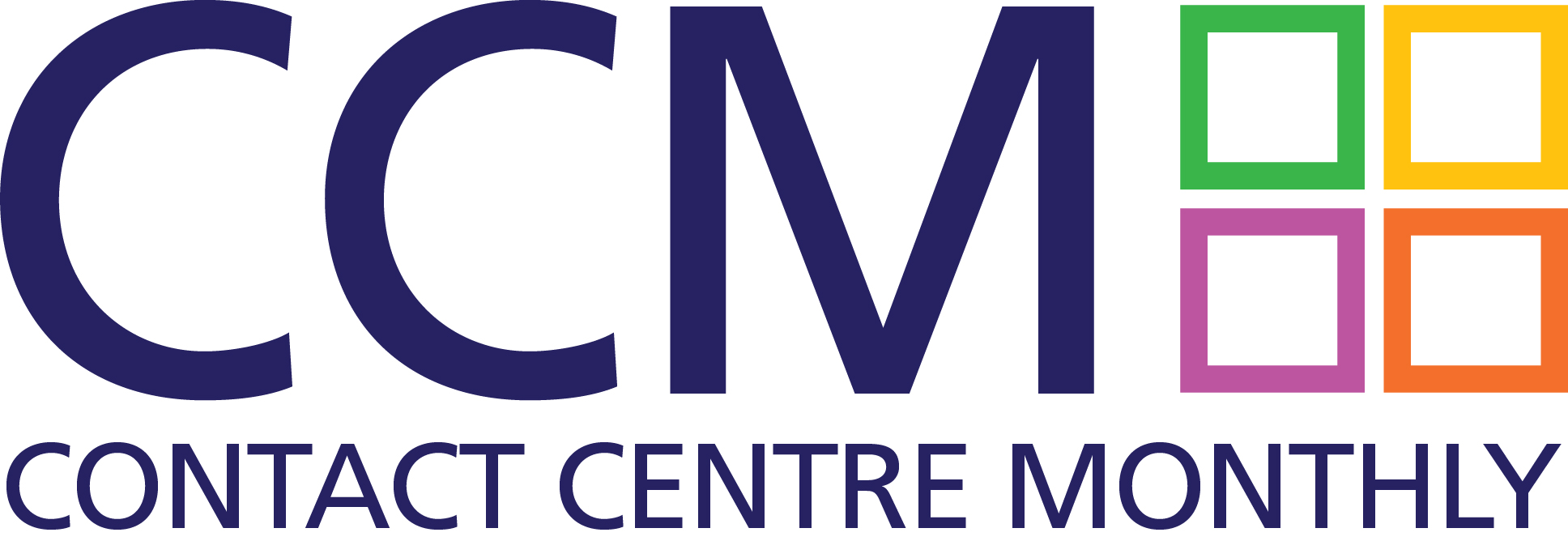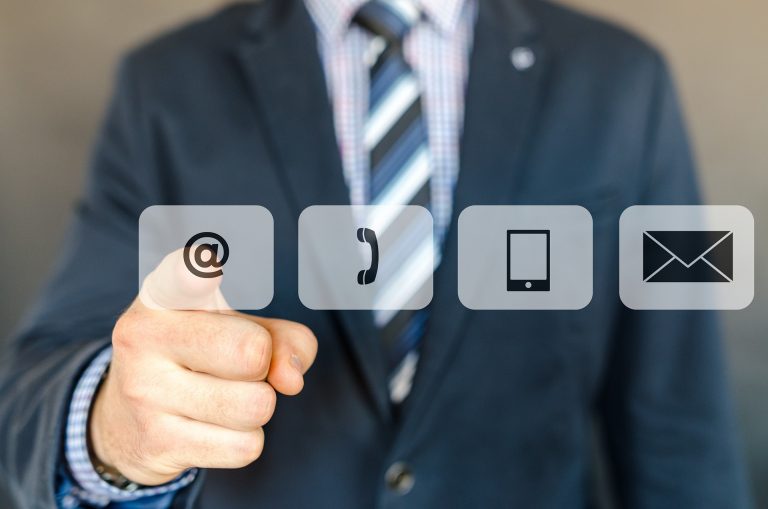E-mail – the “Cinderella” channel
E-mail has been called the “Cinderella channel” of contact centres. As the first “digital” channel, it has also been called the channel that put the “contact” into contact centres.

According to Hubtype, in 2017, e-mails were the second most popular communication method taking, on average, an 18% share of interaction volumes in the US. By 2019, e-mails had fallen to 3rd place with a 15% share, while messaging and chat took second place.
While e-mail volumes are down, it is too early to write them off as a channel.
For the customer wanting a detailed answer explained in a single, handy message, e-mail is often the most popular option. It is also popular where documents need to be exchanged.
For contact centres, e-mails have the advantage of not requiring agents’ instant attention and response, so they can be creatively scheduled in blended contact centres where agents handle more than one channel.
E-mail’s long history means that best practices have been established to manage the channel effectively and efficiently.
Structure
Customers often turn to contact centres when they are angry and frustrated. They often express their feelings, as well as describing their issues, in an emotion driven stream of consciousness.
Agents on voice and chat channels can help the customer structure this information by asking a series of questions, to which they will receive a reply to each question in turn. E-mail agents do not have this luxury. Long service levels and slow turnaround times mean they have to run with the information they have got.
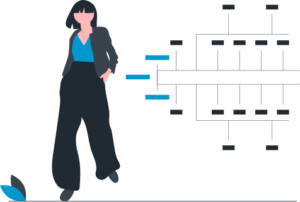
E-mail agents need to be trained in reading comprehension skills to understand what the customer wants and what information might be missing. They will either respond with an e-mail asking for more information or an e-mail containing the solution or alternatively, they will call the customer back so that they get answers to all the questions and explain their questions more clearly in a call.
Templates are a great help in bringing structure to the task.
The template determines the structure of the e-mail response. This helps the agent to structure the information in the customer’s e-mail so that she can write a response to fit the template.
Templates take away some of the cognitive burden of writing text to the customer. A contact centre in Tunisia uses local agents who speak and write in French as their second language to handle e-mails from French and French speaking Swiss customers. Templates allow these agents to concentrate on the informational content of the e-mail while the greeting and the closing, which often make a great emotional impression on the customer, are pre-written by a French native speaker with perfect grammar and appropriate vocabulary.
Standardized greetings and closings in templates will set the appropriate “tone” of the e-mail and define the institutional style of communications.
Generic e-mail applications do not handle templates well. It is better to go for a contact centre specific application such as that contained in Omningage Connect on top of Amazon Connect.
Empathy & relationship building
One result of the current uncertainty is that empathy is becoming a more important factor in providing a superior customer experience.
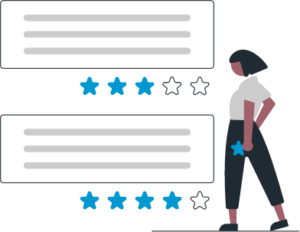
E-mails typically have a 24-hour service level target, so agents have more time and greater scope to respond empathetically to emotional language they may read in e-mails.
On the human level, this is more likely to show the customer that she is dealing with a human being who cares rather than a “machine in human form” who is trying to get her off of the phone as fast as possible.
On the commercial level, this enables the agent to build a relationship with the customer which can engender loyalty and repeat business.
Sharing the work
Experience has shown that e-mails need to be distributed to agents automatically.

Where agents have the opportunity to go into an agent queue and choose the e-mails they want to answer themselves, inevitably, they choose the “easiest” e-mails to answer first. The “harder” e-mails will be left untouched.
The “hardest” e-mails invariably come from the unhappiest customers, so the delay in answering them is not likely to improve their disposition. These customers then contact the company by other means demanding a response and, on occasions, being abusive to staff. Had the e-mail been answered sooner, these issues might have been avoided.
Blending service channels
Jeff Toister, the founder of Toister Performance Solution Inc. stated that 44% of customers using e-mail expected a response within 4 hours.

Typically, according to a Call Centre Helper survey conducted in 2019, most contact centres have a service level target of 100% of e-mails answered in 24 hours.
There are two recommendations which can be derived from these facts.
Firstly, it’s becoming common practice for inbound voice agents to answer e-mails during their off-peak hours. This keeps agents busy with productive work. Even a service level of answering all e-mails within 4 hours, as opposed to 24 hours, is still achievable.
Secondly, it is also recommended that, if the service level is set to answer all e-mails in a certain time period, an automated system will generate a response if the customer’s e-mail has not been answered. This will hopefully assure the customer that their query is in the queue and has not been forgotten.
Agent workstation management
It’s a good idea for customer e-mails to be kept and answered in a separate e-mail system from internal e-mails.

The e-mail system will automatically distribute them to the team based on fair business rules.
A separate system eliminates the risk that a customer e-mail could be buried in the mass of internal e-mails modern office workers receive every day.
This separate system will have templates built in to answer the customer quicker and more precisely.
It is also recommended that alerts telling the agent an e-mail is arriving in real time should be switched off. Constant alerts will increase the agent’s stress level, pushing her to rush answering an e-mail and potentially missing important points.
KPIs
The three key KPIs for handling e-mails are First Contact Resolution (FCR), Quality and Average Handling Time (AHT).
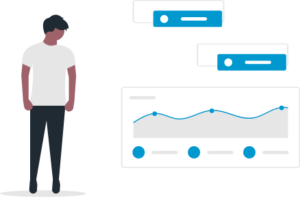
FCR is the most important. The turnaround time for e-mails is relatively slow, so if an agent cannot answer the customer’s question with the information already provided, she should reply with questions once, and if she doesn’t get everything she needs, she should follow up with a call.
Quality monitoring is essential. Customers notice and point out grammatical and spelling mistakes much more with e-mails than in other communications channels. This is partly because agents handling web chat do not always need to write in complete sentences. If an agent cannot use grammar or spell correctly, then it may be better to have him concentrate on voice calls only.
AHT is important for work allocation and forecasting. If an agent takes significantly longer than average to handle e-mails, then perhaps he should have that skill removed and concentrate on calls.
Wrap up

E-mail still represents an important channel in contact centres. It should be managed properly to ensure customer satisfaction and maintain the relationship between the business and its customers.
E-mail solutions such as Omningage Connect on top of Amazon Connect can go a long way towards ensuring that your contact centre keeps the Cinderella channel on the road.
About OMNINGAGE:
OMNINGAGE develops software solutions for Amazon Connect (Cloud Contact Centre).
We offer a most modern and data-driven cloud-based Agent Desktop for Amazon Connect. The platform is called OMNINGAGE Connect. It is also available on Amazon Marketplace.
What sets our products apart from the rest is our focus on “agent/user experience” which helps businesses to promote agent engagement, reduce agent fatigue and boost productivity and customer experience. The other key business outcomes are:
• Average Handle Time Reduction
• Increased First Call Resolution (FCR)
• Higher Customer Satisfaction
• Reduction in Agent Attrition
The platform is available globally on AWS and integrates with a variety of CRM and back-end applications to offer a single-window operation to users.
sales@omningage.cloud. +44 330 088 3940. website: www.omningage.cloud

